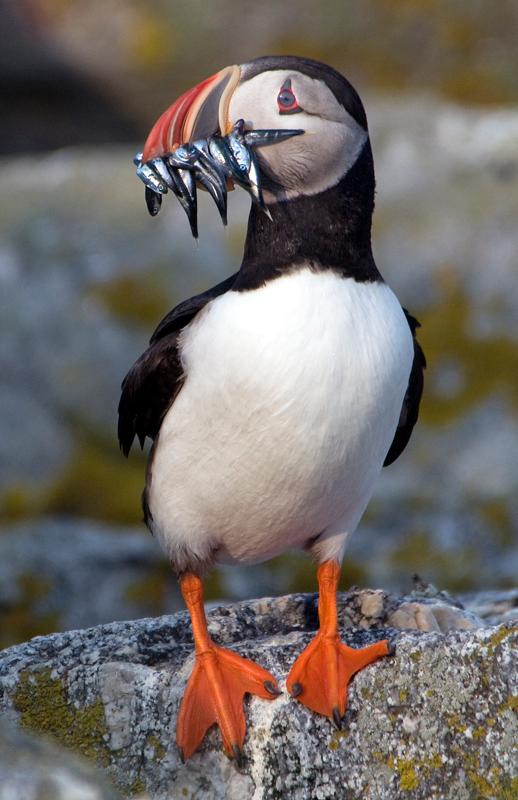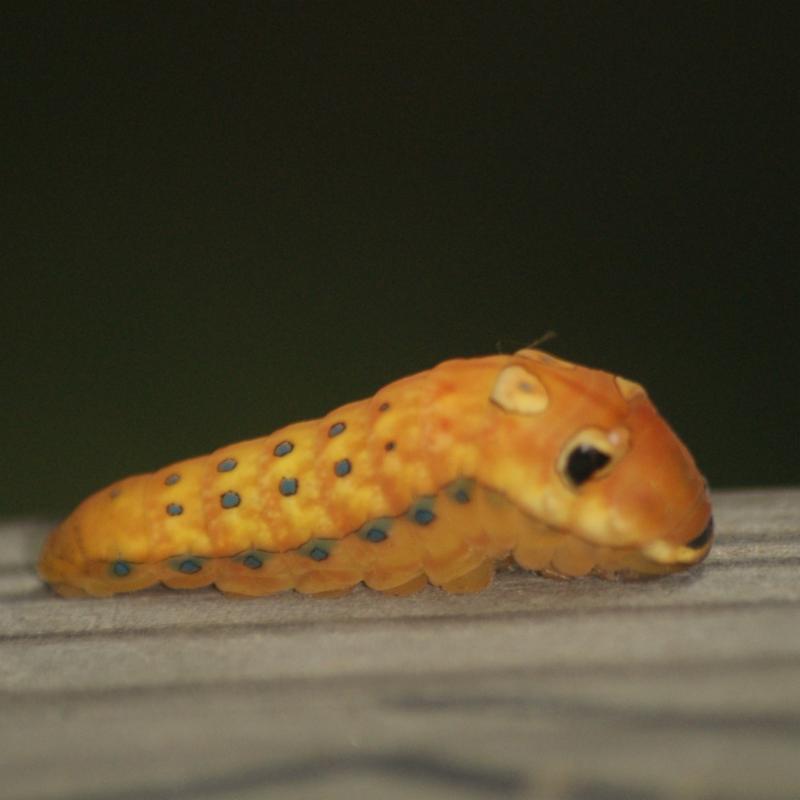Upcoming Events

|
Jackson Park Birdwalk
Sat, Mar 19, 9am
Black Mountain Birdwalk
Fletcher Park Birdwalk
Tue, Apr 5, 7pm
EMAS Board Meeting at The Reuter Center, UNCA, Asheville.
Sat, Apr 2, 8am
Beaver Lake Birdwalk,
Sat, Apr 9, 8am
Jackson Park Birdwalk
Sat, Apr 16, 8am
Black Mountain Birdwalk
Fletcher Park Birdwalk
|
|
Thanks to the following persons who helped at the Work Day at Beaver Lake Bird Sanctuary on Sat. March 27
Joyce Birkenholz
Florrie Funk
Doug Johnston
Diane Matheson
Jon Whiteside
Tom Tribble
|
For the latest schedule and any changes:
|
|
|
"It's spring again, birds are on the wing again, start to sing again, the old melody......" That's classic Cole Porter from 1943, and it's a celebration of spring and birdsong that should be music to every birder's ears. The songs of cardinals and other local nesters are already ringing through our mountains. Come April and May, in an annual rite, we'll once again strive to remember which warbler is singing what song. Exciting times for birders! Keep on top of current bird sightings and other happenings by joining our listserv, http://emasnc.org/sightings.html, and by liking Elisha Mitchell Audubon on Facebook.
We have some great spring programs lined up and encourage our members to come.
All programs are held at the Reuter Center on the UNCAsheville campus and are free and open to the public.
|
 Favorite Spring Wildflowers of the Favorite Spring Wildflowers of the
Blue Ridge Mountains
Tuesday March 15, 7 p.m.
|
Botanist Tim Spira will  show beautiful photographs of common and not-so-common spring wildflowers in the Blue Ridge Mountains including trilliums, trout lily, wild ginger, mayapple, bearcorn, Jack-in-the-pulpit, pink lady's slipper, Oconee bells, Carolina silverbell, yellow buckeye, spicebush, and pawpaw. Along the way, he'll describe interesting features of wildflowers including interactions between plants and their pollinators, herbivores, and frugivores. show beautiful photographs of common and not-so-common spring wildflowers in the Blue Ridge Mountains including trilliums, trout lily, wild ginger, mayapple, bearcorn, Jack-in-the-pulpit, pink lady's slipper, Oconee bells, Carolina silverbell, yellow buckeye, spicebush, and pawpaw. Along the way, he'll describe interesting features of wildflowers including interactions between plants and their pollinators, herbivores, and frugivores.
Tim Spira is a  plant ecologist and professor emeritus of botany at Clemson University where he taught field botany and plant ecology for 22 years. He received a Ph.D. in botany from UC Berkeley and conducted post-doctoral research on plant-pollinator interactions. Tim has published numerous papers in scientific journals and is the author of the award-winning book, Wildflowers & Plant Communities of the Southern Appalachian Mountains & Piedmont. His latest book, Waterfalls & Wildflowers in the Southern Appalachians, will be available for purchase and signing. plant ecologist and professor emeritus of botany at Clemson University where he taught field botany and plant ecology for 22 years. He received a Ph.D. in botany from UC Berkeley and conducted post-doctoral research on plant-pollinator interactions. Tim has published numerous papers in scientific journals and is the author of the award-winning book, Wildflowers & Plant Communities of the Southern Appalachian Mountains & Piedmont. His latest book, Waterfalls & Wildflowers in the Southern Appalachians, will be available for purchase and signing.
|
 Project Puffin: Project Puffin:
Bringing Atlantic Puffins Back
t
o Egg Island
Tuesday April 5, 7 p.m.
|
Join us for a very
 special program on the inspiring story of how a beloved seabird was restored to long-abandoned nesting colonies off the Maine coast. The National Audubon Society initiated Project Puffin to restore the Atlantic Puffin to historic nesting islands in the Gulf of Maine. Dr. Stephen Kress, National Audubon Society's Vice President for Bird Conservation and director of the Audubon Seabird Restoration Program, began the project to re-populate Egg Island in 1973. Derrick Jackson will describe how this four-decade quest helped save birds around the world and raised fresh questions about preserving birds in the face of new threats, most notably, climate change.
 Derrick Jackson and Dr. Stephen Kress co-authored the 2015 book, Project Puffin: The Improbable Quest to Bring a Beloved Seabird Back to Egg Rock. Jackson first covered the early efforts of researcher Dr. Kress and Project Puffin in 1986 as a reporter at Newsday in New York. A former Associate Editor at the Boston Globe, Jackson is a 2001 commentary finalist for the Pulitzer Prize. He is also a recognized photographer whose presidential campaign images of Barack Obama were exhibited by Boston's Museum of African American History. Currently a resident of Cambridge, Massachusetts, he is a journalist, a public radio essayist and a consultant with the Union of Concerned Scientists. Derrick Jackson and Dr. Stephen Kress co-authored the 2015 book, Project Puffin: The Improbable Quest to Bring a Beloved Seabird Back to Egg Rock. Jackson first covered the early efforts of researcher Dr. Kress and Project Puffin in 1986 as a reporter at Newsday in New York. A former Associate Editor at the Boston Globe, Jackson is a 2001 commentary finalist for the Pulitzer Prize. He is also a recognized photographer whose presidential campaign images of Barack Obama were exhibited by Boston's Museum of African American History. Currently a resident of Cambridge, Massachusetts, he is a journalist, a public radio essayist and a consultant with the Union of Concerned Scientists.
|
The Southern Appalachian Highlands Conservancy, in partnership with the NC Wildlife Resources Commission, will lead a volunteer workday on a SAHC conservation tract adjoining the Sandy Mush Game Lands. Volunteers will help remove trash and old tires, and inventory hemlock health. The property is important for conservation because it forms a wildlife corridor between non-contiguous portions of the state-owned game lands. Last year, volunteers removed 232 tires, 46 contractor bags of household trash, and many more odd relics, including a convertible in its many parts. More debris remains - and you can help. For more info or to volunteer, contact Jesse Wood at [email protected].
|
 What Does a Parrot Know About PTSD?
|
An unexpected bond
|
|
|
Photo from the NY Times
by Jack Davison
|
between damaged birds and traumatized veterans could reveal surprising insights into animal intelligence. In January, the New York Times published a fascinating story by Charles Siebertjan about veterans suffering from PTSD who care for rescued parrots at a VA treatment center in Los Angeles. The sad stories of both the veterans and the parrots are redeemed by the healing bonds they form.
|
 Beaver Bits
Text and Photos by Vin Stanton
|

Spicebush Swallowtail caterpillar
Papilio troilus Usually a bright green, this larva was getting ready to pupate. The clue is in its orange color. Noted as a fine snake mimic! The first three instars resemble bird droppings.
Assassin Bug  Emesaya brevipennis This member of the assassin bug family is probably everywhere at BLBS, you just have to take the time to look closely. I've only spotted one at BLBS, but it's a very cool bug to find and recognize. Length is roughly 1and 1/2 inches.
Emesaya brevipennis This member of the assassin bug family is probably everywhere at BLBS, you just have to take the time to look closely. I've only spotted one at BLBS, but it's a very cool bug to find and recognize. Length is roughly 1and 1/2 inches.
 Saddleback Caterpillar
Acharia stimulea This caterpillar has a distinctive green saddle on a black to brown base. The saddle has a central brown patch and is bordered with white. Lobes on the front and rear bear stinging spines (please don't touch! Ouch!). Clusters of spines also line the sides. Length varies but usually around 1 inch. Saddleback Caterpillar
Acharia stimulea This caterpillar has a distinctive green saddle on a black to brown base. The saddle has a central brown patch and is bordered with white. Lobes on the front and rear bear stinging spines (please don't touch! Ouch!). Clusters of spines also line the sides. Length varies but usually around 1 inch.
Chinese Mantid  Tenodera sinensis I had this rough and tough critter fall on my shoulder, and when I objected and swatted it away, it took this agitated stance!! A pic or two and then I let him win the standoff!
Tenodera sinensis I had this rough and tough critter fall on my shoulder, and when I objected and swatted it away, it took this agitated stance!! A pic or two and then I let him win the standoff!
|
 |
|
|